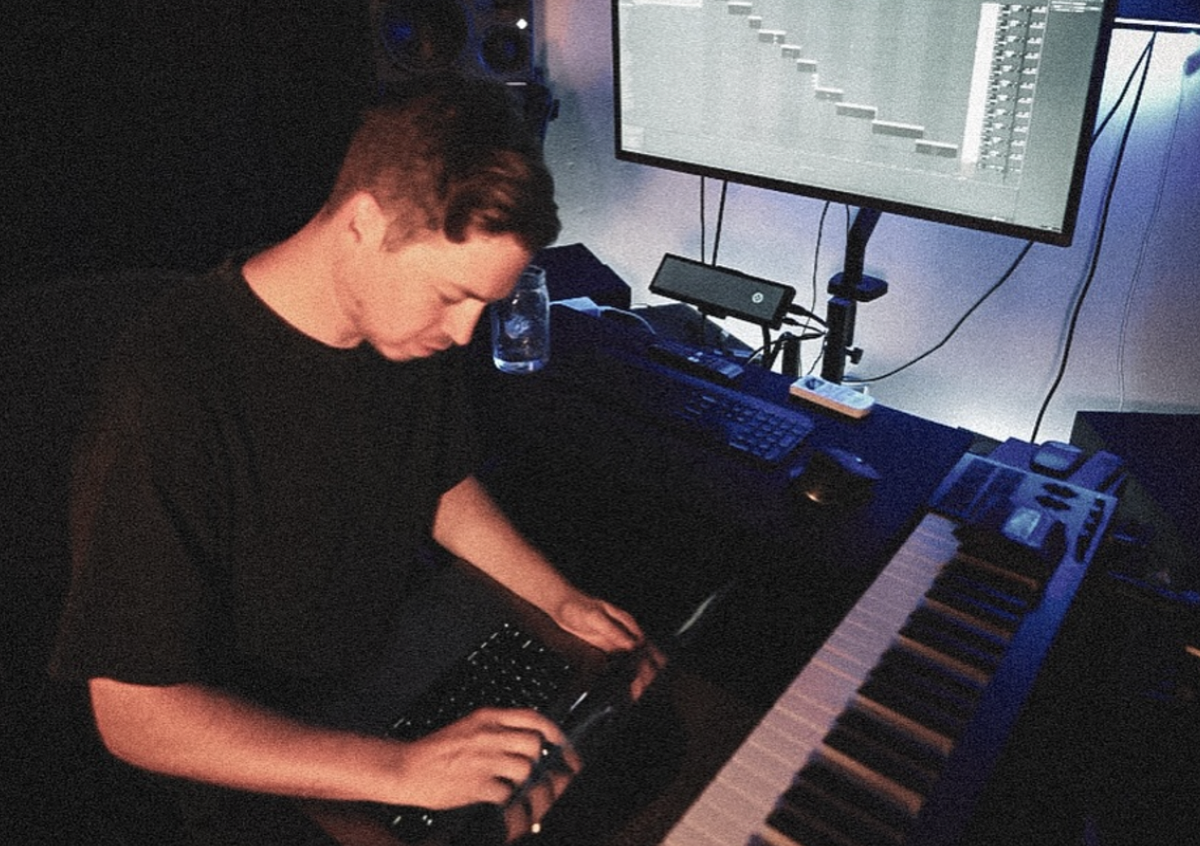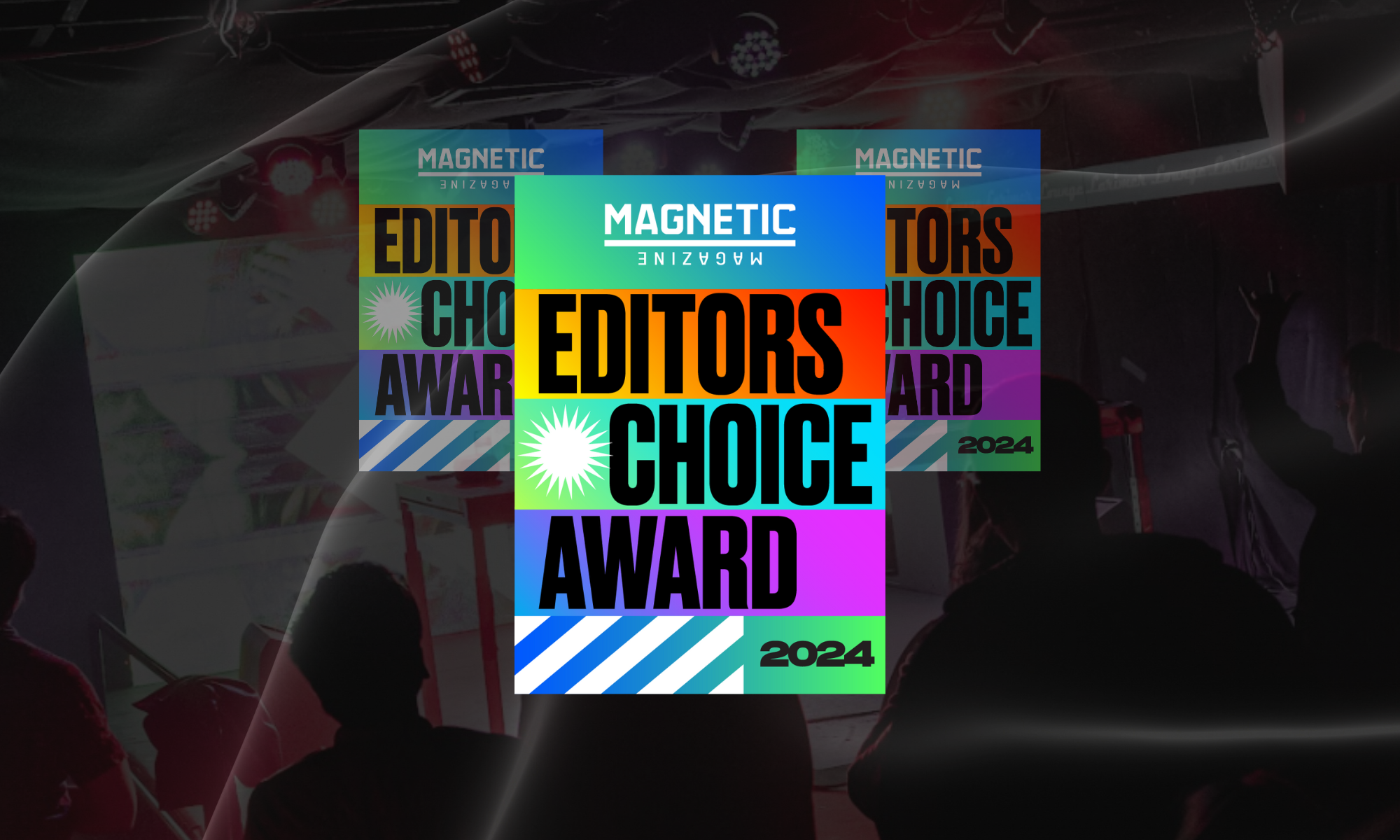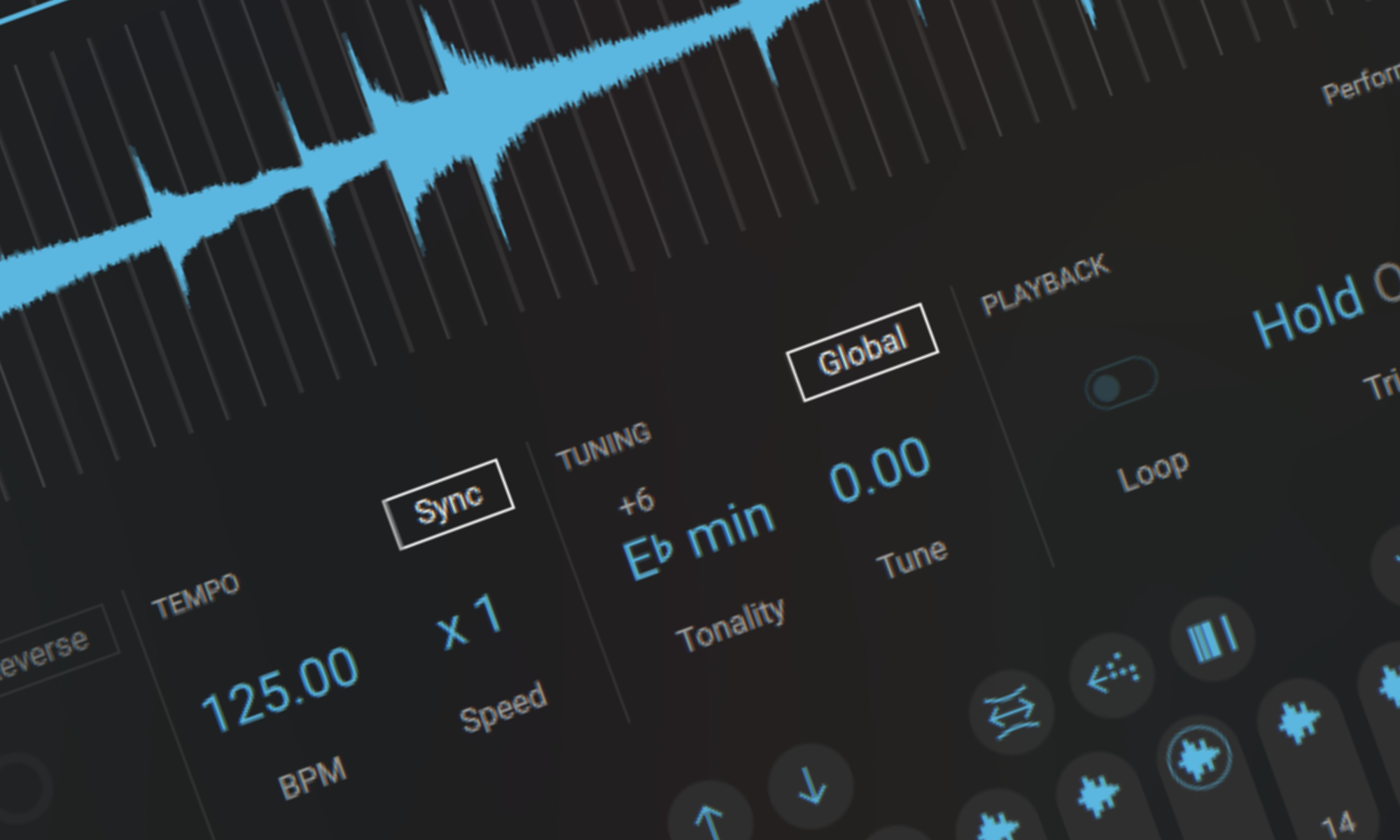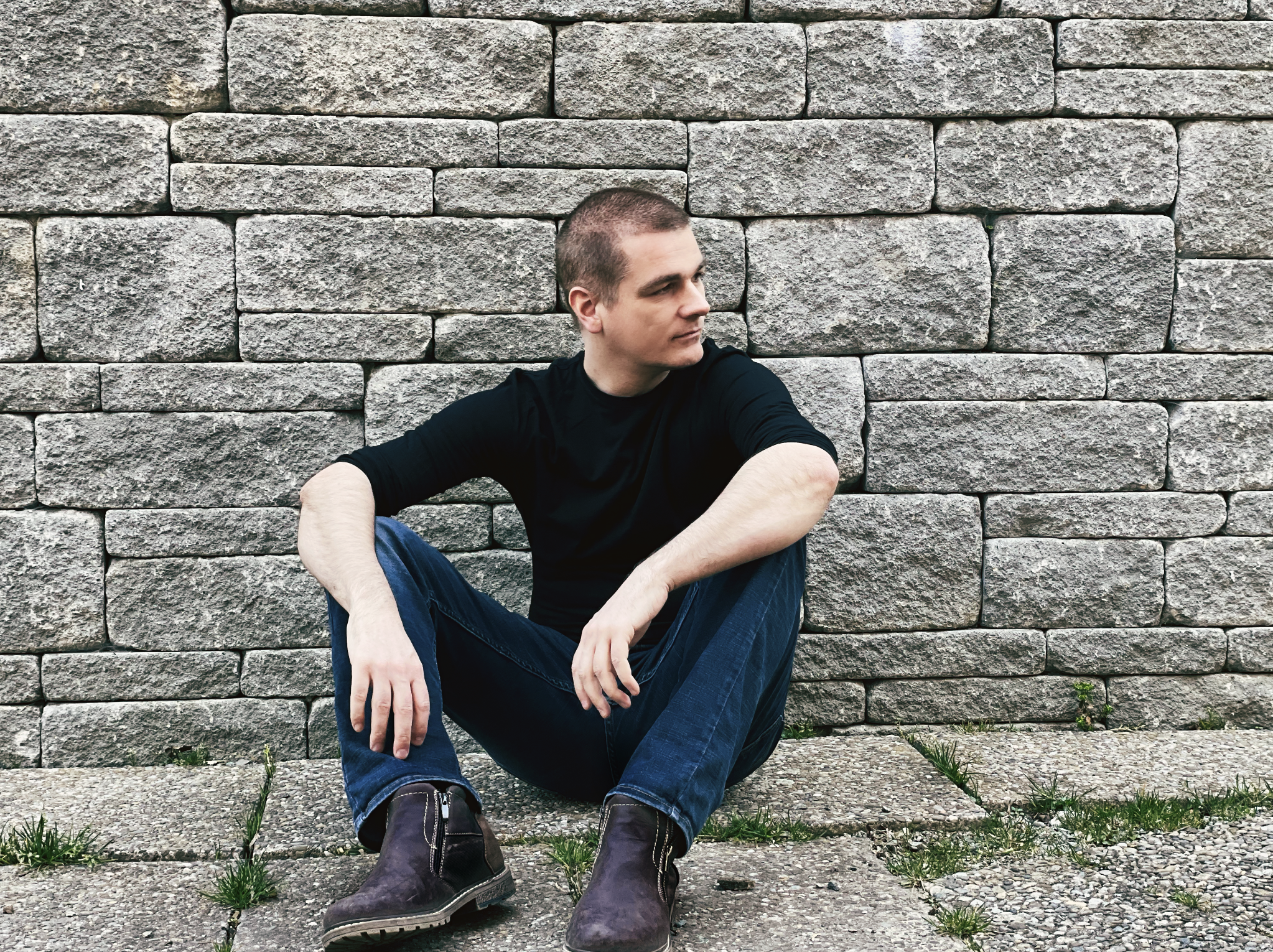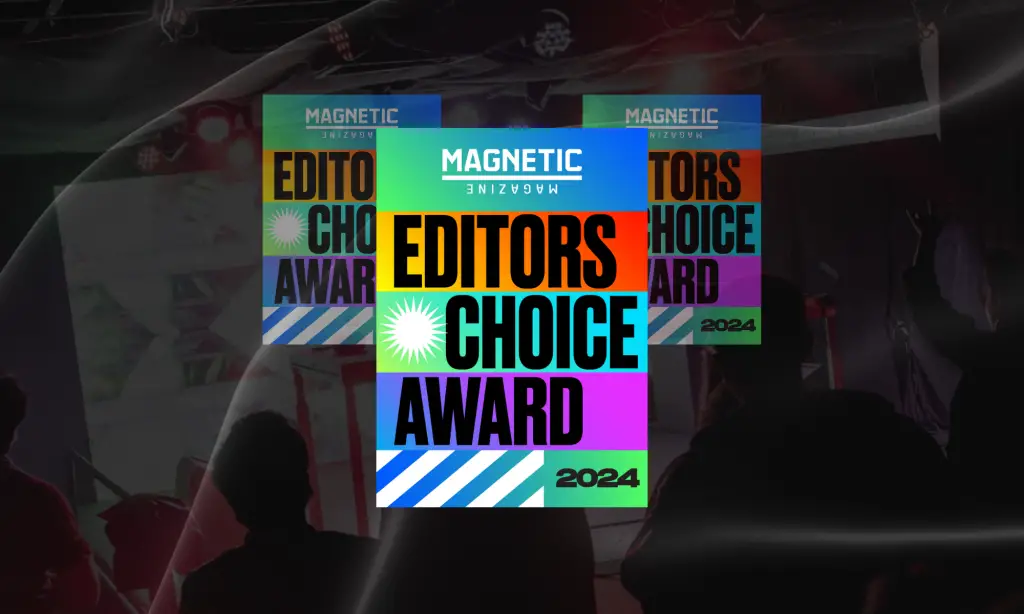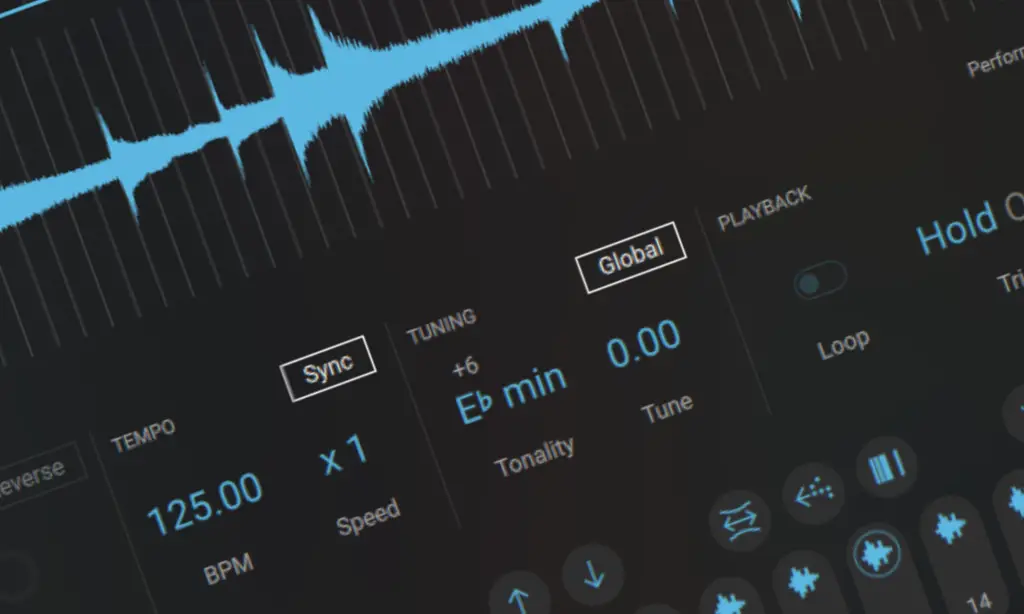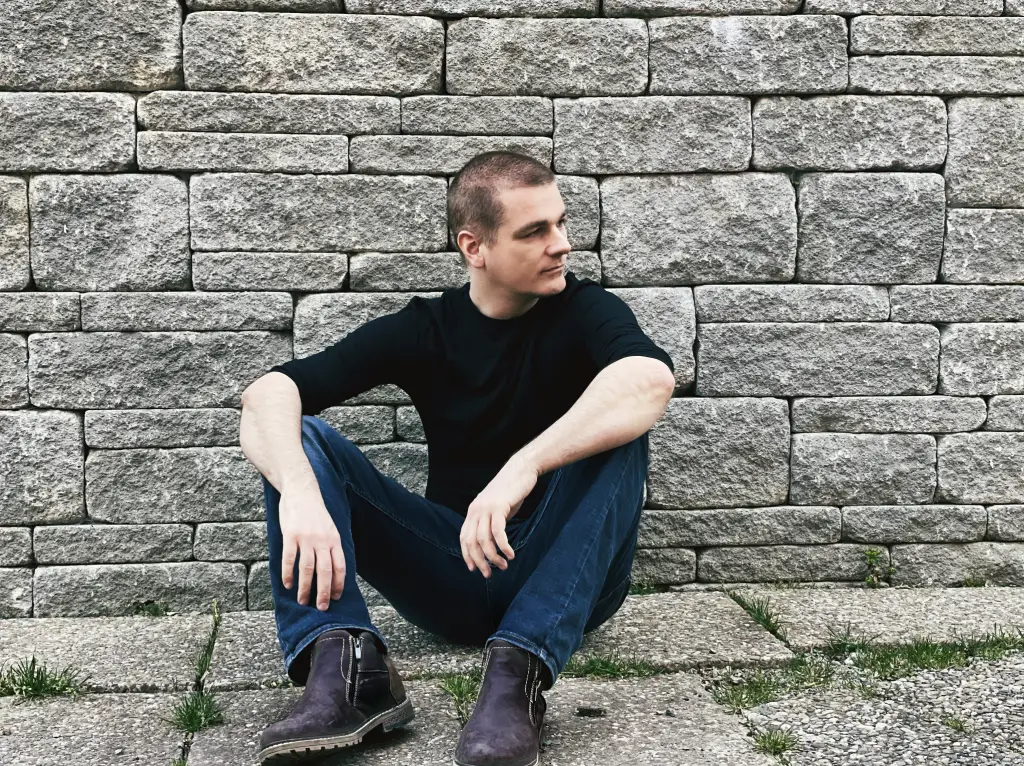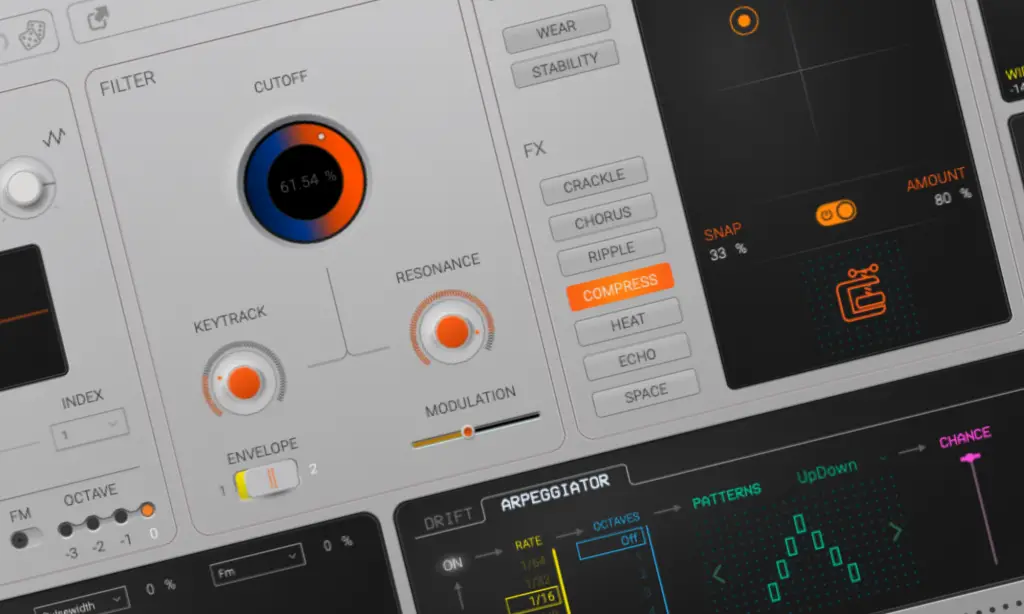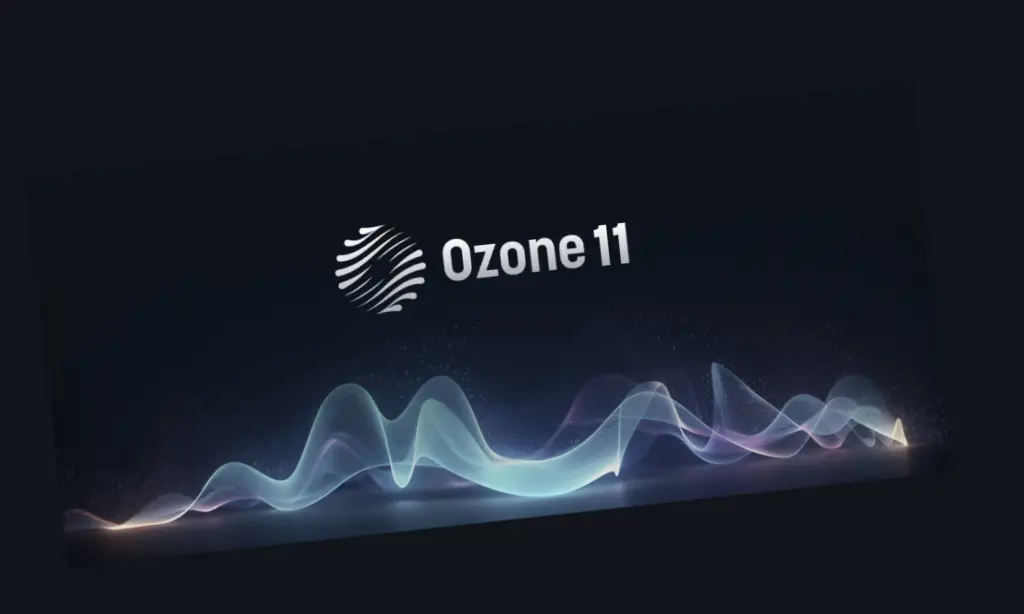Table of Contents
longstoryshort’s IN MY MIND EP, out now on NIGHTMODE, is a masterclass in contrast—raw, aggressive energy on one side, introspective warmth on the other.
The EP balances heavy basslines with reflective melodies, capturing the highs, lows, and everything in between. It’s music that hits hard when it needs to but knows when to pull back, letting the emotion shine through.
What ties it all together is the intention behind it. longstoryshort doesn’t just throw sounds at the wall; he crafts each moment, whether it’s a massive bass hit or a quiet, melodic pause. In this interview, he walks us through the tools and techniques behind the EP, breaking down how he pushed his sound further while keeping the emotion front and center.
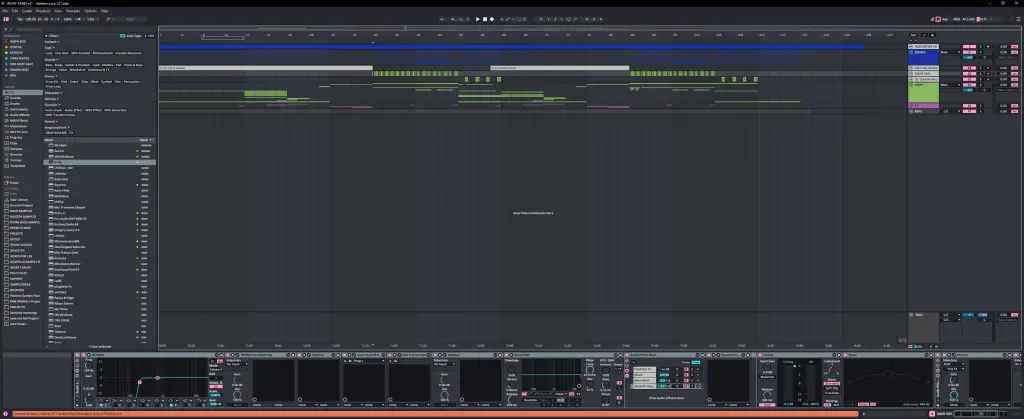
MINIMAL AUDIO CURRENT
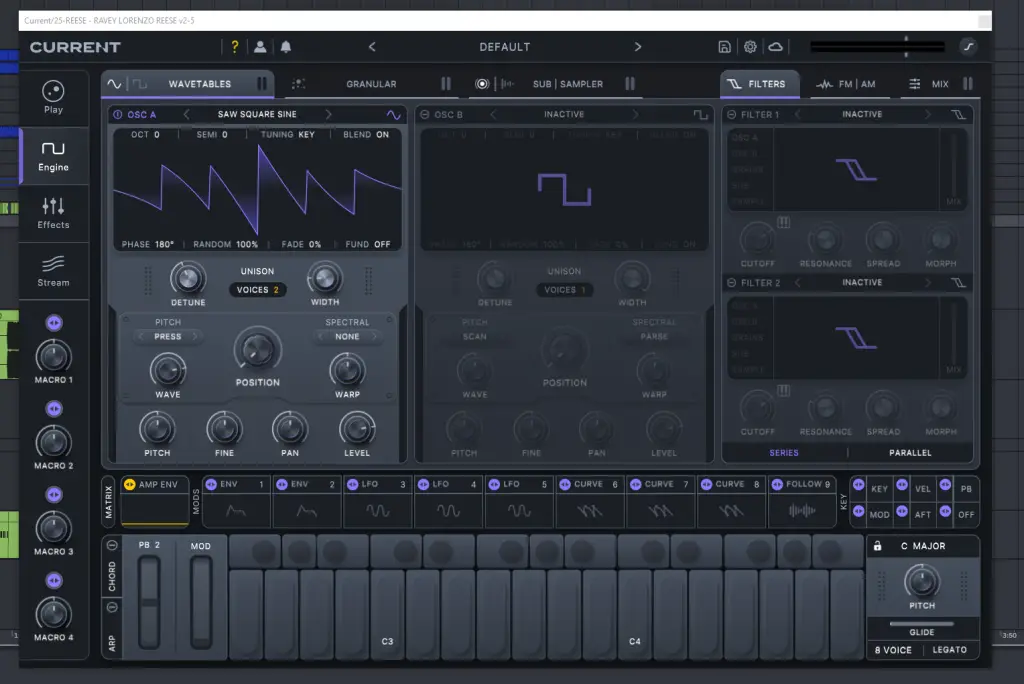
Current by Minimal Audio is one of the newer wavetable synths to hit the market – similar to Serum which kind of spawned from NI’s Massive. I’m, a HUGE Serum fan – but when you’re too comfortable with something – you can tend to repeat yourself and your workflow in a synth. I wanted to try Current out and this was one of the first sounds I made – the ripping reese lead bass found in IN MY MIND. The advantages of Current are quite a few things – namely they take the wavetable warping/effects much further than other synths, and also have a serious FX panel which I used on this sound.
I opened Current to explore, and I ended up striking gold using the wavetable effect section – namely Pitch Press to modify a reese. It sounds like it’s a chord but it’s really one note. I then ran it through distortion out of the FX panel, and used the sub oscillator to get a steady sub. For reese basses, sometimes (but not always) it can be nice to remove the fundamental note of the saw wave and add in a steady sine wave. That said, afterwards I ran it into the Fuse Compressor for a 4 band OTT kind of thing, and polar distortion which is a monster. Flipping through the presets I ended up on a wave folder preset that made the exact sound you hear on the record.
If you’re like me and married to one soft synth – it might be worth exploring what other synths do differently and trying your usual methodology when building a sound, while incorporating those weird features on the new synth. That’s kind of how I approached Current – I wanted to make a reese bass and ended up with somewhat of a lead sound that meets bass – really fun. I’d say the strengths of Current are the FX panel, the wavetable warping features are vast – and the FM panel is much more intricate than using “FM from B” in Serum. That said – I don’t mean to compare the two – both are amazing in their own right.
LHI AUDIO ST4B
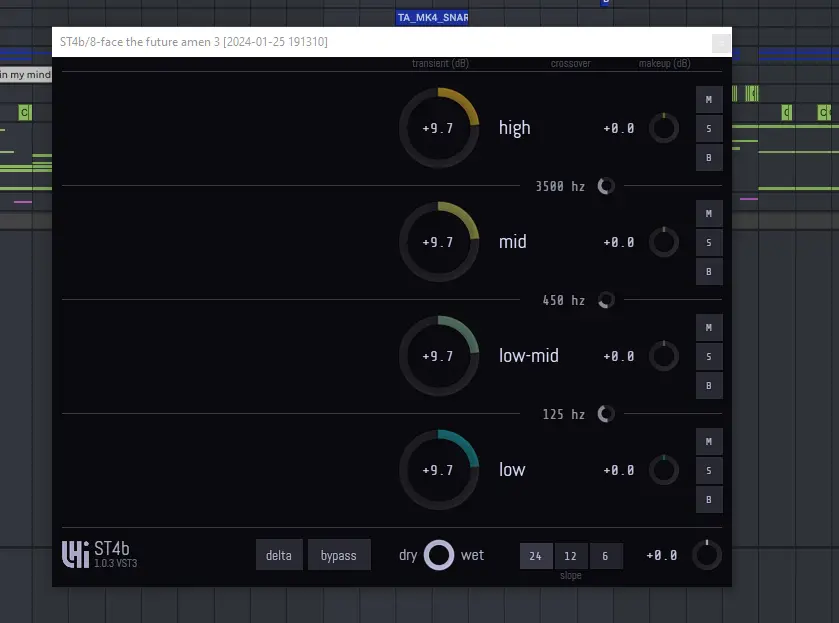
ST4B is a multiband transient shaper built for electronic music.
There are three qualities I look for in a plugin – one, does it do something better? Does it do it faster? Does it make my life easier?
ST4B gets a yes from all three of those. Any time I need to get a drum loop, breakbeat, snare or even synth sound to tighten up or hit a certain way – ST4b is my go-to move. I can’t live without this thing. It’s a key shaping tool for me when it comes to drums and main basses or leads and I find there’s nothing as fast, easy to use or snappy.
In this case, it’s simply tightening up a pitched-up amen break in the fill – but I use it all over my records. Quite often I use it to radically tighten up drums, shape snares or leads, or simply get things to sit better in the drum mix.
I get there’s a million transient shapers out there – and sometimes I lean on a simple one-band transient shaper, but I gotta say, ST4b is unique. My workflow is simple – open it up, and push each band until something sounds better. I repeat for all 4 bands, and end up with a stronger sound 9 times out of 10. It’s that simple.
Pro Audio DSP DSM V3
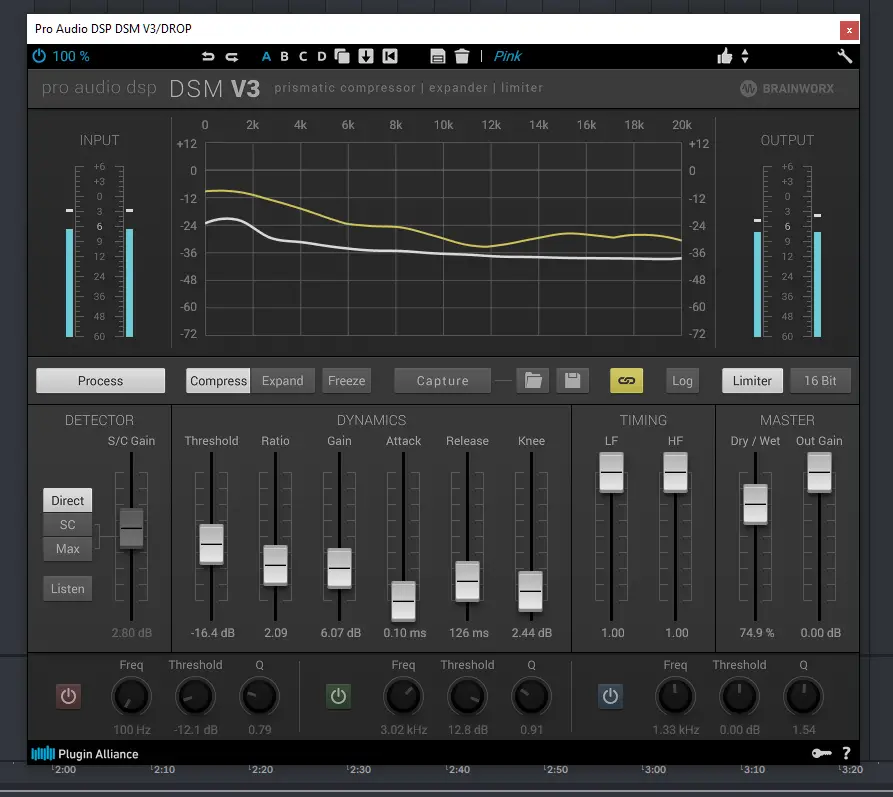
Pro Audio DSP DSM is a weird one – it’s described as a “prismatic compressor/expander/limiter”. In reality, consider it a super high quality spectral compressor – and at the time it was made, there wasn’t too many out there like it. The bands are locked in, and set up in a very musical way. It functions very much like a traditional multiband compressor, but there’s very little if not no phasing from the band splits (since it’s spectral) which is great for electronic music, and awesome on synths. You can compress the spectrum of your input audio to a pre-set curve, and it is incredibly useful for an OTT-ish excitement that sounds much cleaner and dare I say…expensive.
I’m primarily using this to compress my synths to get to “EDM” loudness without causing phasing issues with my bass, or losing efficiency in my waveforms by band-splitting things with a traditional multiband. I find multiband compressors tend to cut holes in the sound and chip away at your mix’s loudness – it’s hard to describe but if you want an easy example of it, take a look at a Square wave out of a synth with Ableton’s multiband dynamics on and off. Use an oscilloscope after the Ableton compressor and you’ll see your square wave go from a perfect square to a mess of crap. Now imagine running your whole mix through that, and having to tame it all with a limiter. No thanks. So instead of multiband on my busses or masters, I lean to this thing.
If you’re making dance music, give some of the spectral compressors out there a shot. This one’s my personal go-to, and I’m usually shaping my synths toward pink noise to get some excitement and consistency in sounds. You can easily over-do it and suck the life out of the music though so tread carefully!
Fabfilter Pro L 2

Pro L 2 is the limiter you’ll see 90% of engineers and producers lean on for loudness and for good reason. I can’t live without this thing – it’s easily the best limiter on the market.
Despite it’s popularity, it’s really interesting to see how few people actually know how it works internally. From what I understand after running a million songs though it, is that it’s a two-stage limiter with a hard clipping stage followed by a limiting stage. While that seems obvious, what isn’t super obvious is that the attack controls the clipper, and the release controls the limiter timing. The algorithm seems to determine how the clipper and limiter function, and I find that dynamic is the best go-to setting for mastering in most cases for what I’m making. That said, safe disables the clipper, which means it’s insanely transparent.
Here’s a few tricks for Pro L2 I’ve learned over the years. I prefer clipping the audio separately before the limiter, usually with KClip set to hard-clipping. That said, a touch of attack means a touch of clipping within Pro L – and I sometimes like a touch of that too. Try experimenting with the delta mode – press Output and look for the small headphone logo. You can now isolate all of the signal that’s being changed by Pro L, so if you’re having a tough time determining if you’re distorting in some of the details of your mix, you can “solo ” that distortion and make adjustments accordingly. Last but not least, try automating the lookahead during your breakdowns, vocal sections and during parts you’re having issues with. I don’t like the way lookahead sounds for the most part, but I will say it’s better than hearing the crunch of a badly mastered tune!
Quick Fire Tips For Making Bass House
Tip #1:
Music like IN MY MIND is all about rhythm – and dance music is all rhythm really. I think it’s key to pay attention to how you’re sequencing your sounds, and arranging them in interesting patterns is half the battle.
Tip #2:
Don’t be afraid to try and create moments within the track and try to make something memorable. I took a bit of a risk on this one and just had a vocal repeat over and over, by itself, into a massive lead sound to build a big moment in sets.
Tip #3:
Loudness is important, but I’d much rather have a quieter track that sounds better. I see way too many bass producers focused on loudness, but their tracks have no low-end because everything’s so pushed – and that seems hypocritical, no?
Will Vance is a professional music producer who has been involved in the industry for the better part of a decade and has been the managing editor at Magnetic Magazine since mid-2022. In that time period, he has published thousands of articles on music production, industry think pieces and educational articles about the music industry. Over the last decade as a professional music producer, Will Vance has also ran multiple successful and highly respected record labels in the industry, including Where The Heart Is Records as well as having launched a new label with a focus on community through Magnetic Magazine. When not running these labels or producing his own music, Vance is likely writing for other top industry sites like Waves or the Hyperbits Masterclass or working on his upcoming book on mindfulness in music production. On the rare chance he's not thinking about music production, he's probably running a game of Dungeons and Dragons with his friends which he has been the dungeon master for for many years.
